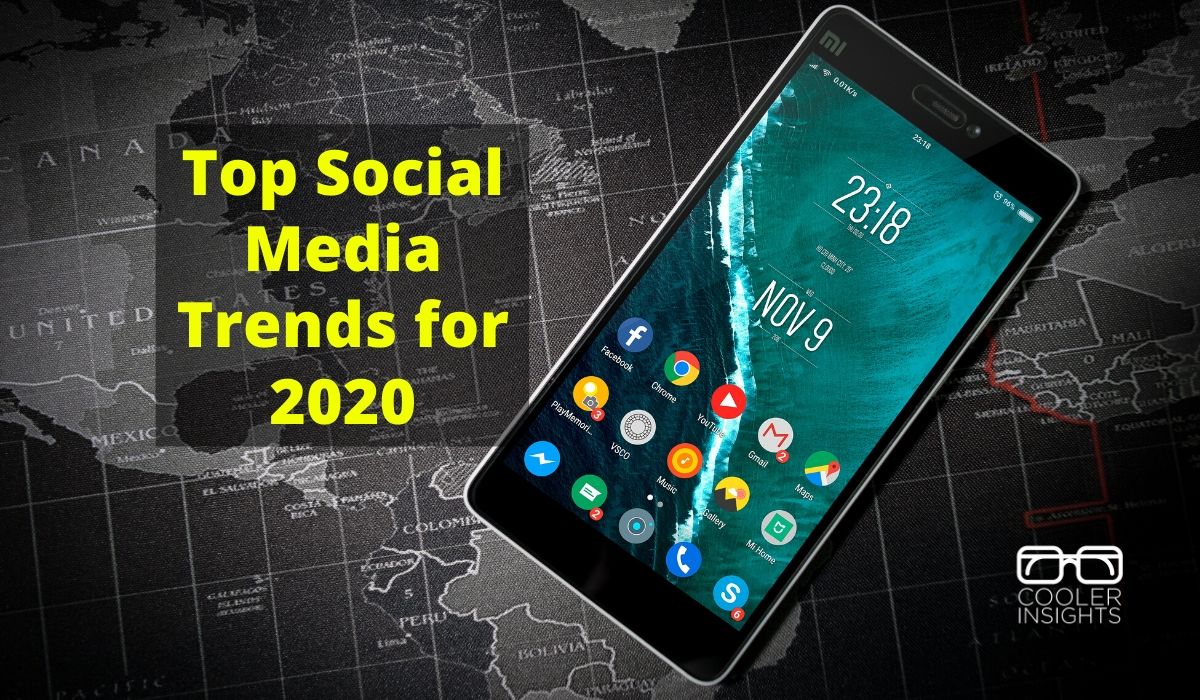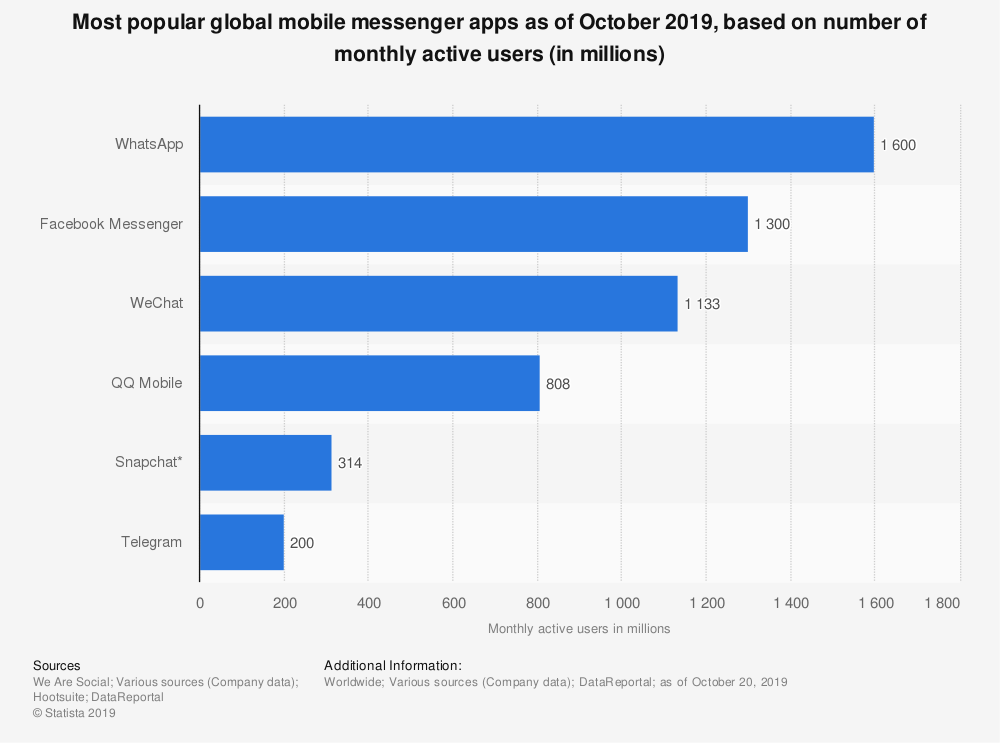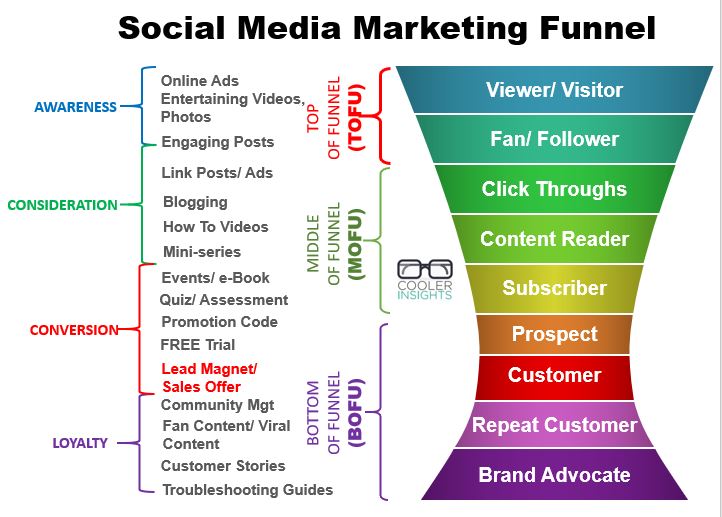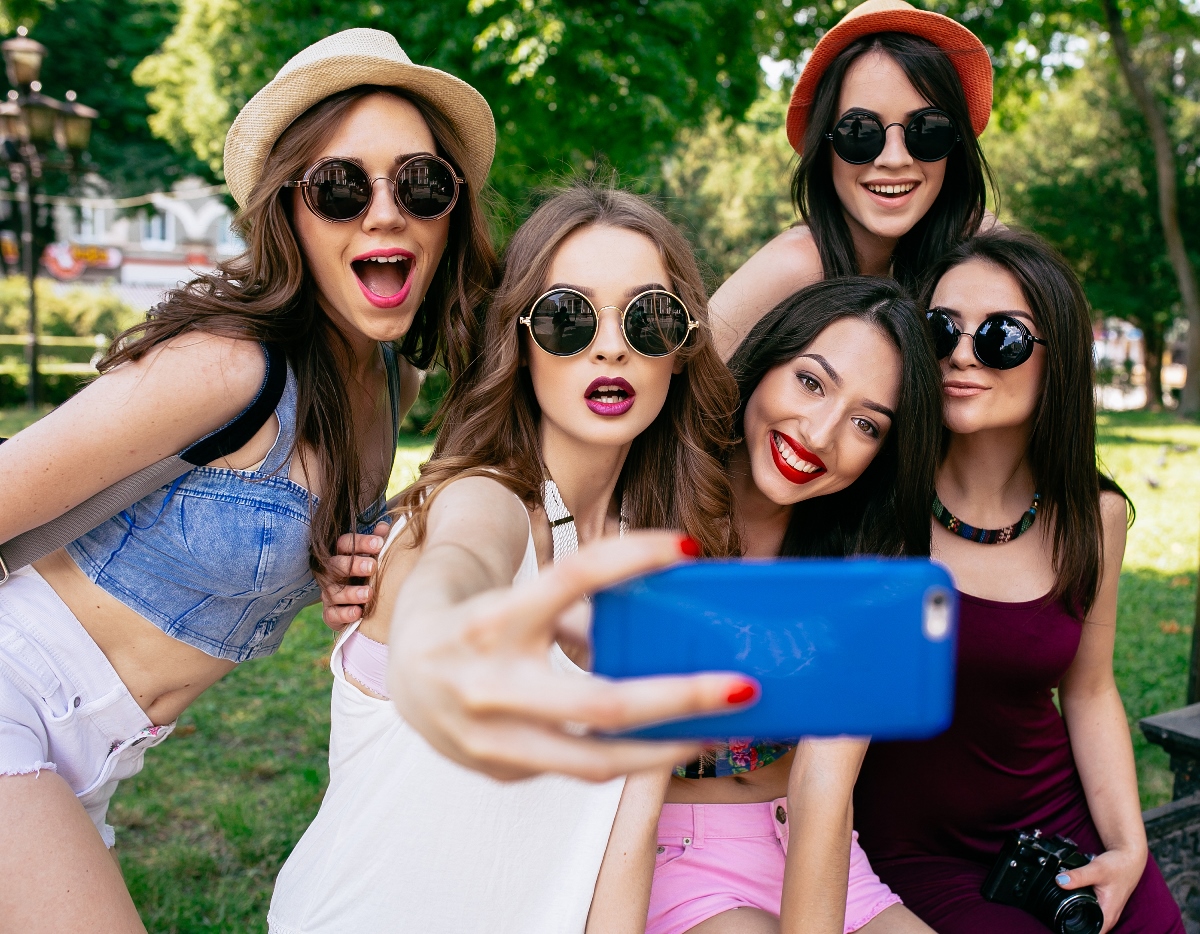
Whoopee do! 2019 has come and is almost gone.
What were some of the major trends in social media marketing that we experienced over the past year? What do we foresee as the major upcoming movements for the year ahead?
As I’ve previously written in January 2019, the year has seen the rise in social video formats in virtually all social networks, the continued popularity of Stories, and the rise of Chatbots and Instant Messaging.
However, Augmented Reality (AR) and the use of Facebook Live hasn’t quite gone mainstream. At least not here in Singapore.
2019 has also seen its fair share of memes which went viral on social media (#10YearChallenge anybody?), the struggle between big tech players and governments on the balance between maintaining editorial independence and protecting individuals from rogue actors, and the continued dominance of politicians and activists online.
While big brands like NTUC Income, Sentosa, and the public service have embraced storytelling to gain visibility, the majority of smaller brands and businesses still depend on very tactical campaign strategies (like contests and promotions) to trigger online traction.
What’s Trending on Social Media in 2020
Looking ahead at 2020, I foresee that the way in which people use social media may continue along the same trajectory.
Some of these trends have already started in 2018 and 2019. Others may only accelerate in the year ahead.
Here are what I predict to be the top 10 trends in social media marketing for 2020 (and possibly in the next decade).
#1 Decline in Traditional Social Media Usage
Yes, people are getting weary of social media. Increasingly, I see more members of my social network taking extended social media sabbaticals or even leaving the networks altogether.
I’m not alone in experiencing this. Over 15 million American users of Facebook have left the network in the last two years. Time spent on social networks in general have also dropped.
This migration away from social media is largely exacerbated by the concern about digital addiction, as well as the general fatigue of seeing the same old thing over and over again on their news feed (a.k.a. the filter bubble effect).
While Facebook has been the main social media channel experiencing a significant drop, it is likely that users on other networks may follow suit.
Having said that, its not all gloom and doom…
#2 Hyper-focused Social Media Communities
While overall social media use may decrease, more consumers and professionals will gravitate towards both closed and open online communities.
Here, we’re talking about Facebook Groups, reddit channels (aka subreddits), niche forums, and Instant Messaging Groups to satisfy their needs for human interactions online.
Niche communities will start to rise in prominence—from PSLE parents, baking aficionados, to fans of K-Pop groups and small business entrepreneurs.
These communities are highly focused on specific areas of interest, and will dominate the conversations and engagements on social channels.
A case in point is the growth of online forums like Quora and reddit over the past year. Both platforms now have over 300 million users and are growing—the majority of these users are young adults and teens.
#3 Instant Messaging Dominates
Most of you would probably have a WhatsApp or Facebook Messenger account. But do you know that Telegram and Line are fast growing messaging apps too?
According to Statista, three messaging apps have over a billion users—WhatsApp, Facebook Messenger, and WeChat. If we include social networks that have instant messaging or direct messaging capability, SnapChat, Instagram, Twitter and Skype would also be included.

In short, messaging or chat is going to continue to grow in importance in 2020, especially given the increasing wariness which young social media users adopt on posting content on themselves in public.
Given this backdrop, companies that wish to do well online must have a chat or IM strategy.
#4 Long and Short Videos Continue to Rule

As we’ve seen last year, videos are taking over virtually every social media platform. And it is highly unlikely that this trend will stop.
From long-form videos on YouTube, Facebook ‘Live’ to 15 second (up to 60 seconds if you use your own camera) vertically shot clips on TikTok, videos will continue to be the domineering content type on social media.
You don’t have to be Hollywood film maker to create videos. Just use your smartphone camera to shoot, edit and post short snippets of your life.
Some of my favourite video production tools include apps like the following:
- Rocketium: an online video creation suite with lots of useful templates
- Lumen5: an easy-to-use video editing tool, with lots of free video footages and templates you can use
- Clips: an iOS app that allows you to easily add subtitles to a video
- Clipomatic: a more fancy version of a video camera app that lets you add subtitles to a video
#5 Virality Ain’t Enough—Conversion and ROI Matters
Tired of merely “going viral” and not generating a steady inflow of leads and customers? You are not alone.
Increasingly, savvy brands and individuals are tapping on social media ad campaigns to generate leads, sales and positive ROI.
A key part to doing so involves integrating social media marketing with other parts of the digital marketing funnel.
By using tracking techniques like UTM parameters, pixels/ tags, and analytics tools (eg Google Analytics), marketers have put together integrated campaigns involving every step of their customer’s buying journey. Thus campaigns will no longer just be geared towards creating buzz but generating bottom-line profits and recruiting brand advocates.

More and more brands are also looking towards social commerce as a way to achieve better ROI for their social media marketing efforts. They will learn how to use advertising strategies like retargeting to bring their customers back into their conversion funnel, and have differentiated campaigns to reach their cold, warm and hot audiences.
#6 New Mobile-first Social Apps Grow
Clunky and over-engineered, Facebook may be losing its lustre among youths (at least during their formative years). However, lighter mobile-first social media apps like Instagram, Twitter, Tumblr and TikTok have moved to take their place.
And let’s not forget YouTube, which surprisingly hasn’t aged as badly as Facebook. It is still the preferred ‘TV’ for anybody below the age of 25.
TikTok now has over 800+ million downloads, and a monthly active user base of over 500 million users. Like Vine, you can film short videos on a loop, and like Snapchat (a feature copied by Instagram), you can add effects, Augmented Reality (AR) filters, text, and music to spice things up.
And in the world of Instant Messaging (IM), new chat apps like Telegram are fast gaining popularity due to their ease of use, cool features (eg secret chats, channels, and virtually limitless members in supergroups), supplanting stalwarts like WhatsApp.
#7 Ephemeral Micro-Content Proliferates
Fancy telling a story about you are doing right now? Don’t waste time writing about it—simply turn on your phone camera and talk about it.
These days, ‘stories’ are 15-second segments (which could be longer segments stitched together) that are vertically recorded on a mobile phone and posted on networks like Instagram, Snapchat, Facebook, and WhatsApp. Most of these stories will have a 24 hour life span before they disappear.
While most of these platforms allow you to save and archive your stories, the preferred mode for users is to snap, share and disappear. Thus, social media campaigns that encourage quick and easy user-generated content would work well in the year ahead.
#8 Social Customer Service Goes Mainstream
If your customers are on Facebook, Instagram, WhatsApp and Twitter, you can ill afford to ignore these platforms.
Increasingly, using social media as a customer service channel is a must for virtually all consumer or business brands. And the best practice is to respond to your customers on all platforms all the time.
Failing to do so can be extremely detrimental to your brand, especially as more consumers take their grievances online and may even petition against your company.
#9 Privacy and Security Matters More Now
Given the backlash over Cambridge Analytica and other major data breaches, social media users will be more wary about what they share online.
All of the major social networks have reviewed their data protection, security and privacy policies. They do so to ensure that their users are educated on what they dish out to companies whenever they download an app on social media.
(I guess this also helps them to avoid nasty multi-million dollar lawsuits!)
As social media users grow more vigilant over how their data is used, brands need to devise new ways to win trust and likability. This means that being open and transparent about how data is used becomes even more paramount during social media campaigns.
Which brings us to the next related point…
#10 Authentic Storytelling Rules (as Gen-Zs take Centrestage)
Yes, faking it till you make it no longer takes the cake. Not with the rise of Gen-Z teens (aka Pivotals)—a cohort of social media users who treasure their privacy more than the generations before them.
Valuing authenticity, they can sniff out an insincere messages from thousands of miles away.
To combat this distaste, brands have to show their flesh and feature real people. Forget about being all slick and polished. Instead, focus on being authentic, sincere and truthful in your campaigns.
This also means that brands and companies have to apologise and admit that they’ve screwed up when they have done so.
#11 Rise of Niche and Professional Influencers

Last but not least—influencers! Yes, we’re talking about the Instagrammers, YouTubers and bloggers who have out-sized followings on social media.
While mega influencers like the Kardashians, Jenners and Beckhams continue to command multi-million dollar paychecks, the reality is that most brands will opt to work with micro and even nano-influencers.
What’s different though is that these everyday influencers may have specific areas of interest and expertise—vegan baking, lomo-style photography, extreme sports, street dancing, or gothic fashion for instance.
Increasingly, professionals on LinkedIn with significant influence may also rise in prominence.
While these corporate leaders will likely eschew payment for sponsored posts, they probably wouldn’t mind tweeting about a positive customer experience or sharing an extraordinary encounter online. The challenge is for brands to find ways to get them involved without being too crass about it.
(Learn how you can choose the right influencers for your brand here.)
Conclusion
And there you have it, my 10 thoughts on the most important trends in social media for 2020.
Which of these trends will you embrace in the coming year (and decade), and which are you unlikely to pursue? I’d love to read your thoughts on this.
Meanwhile, have a wonderful 2020 and may all your social media marketing dreams come true!
